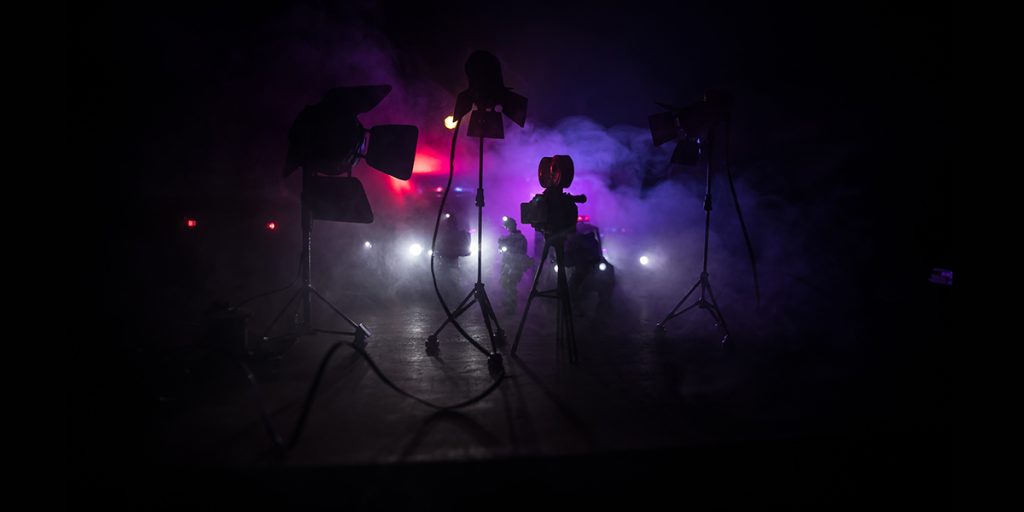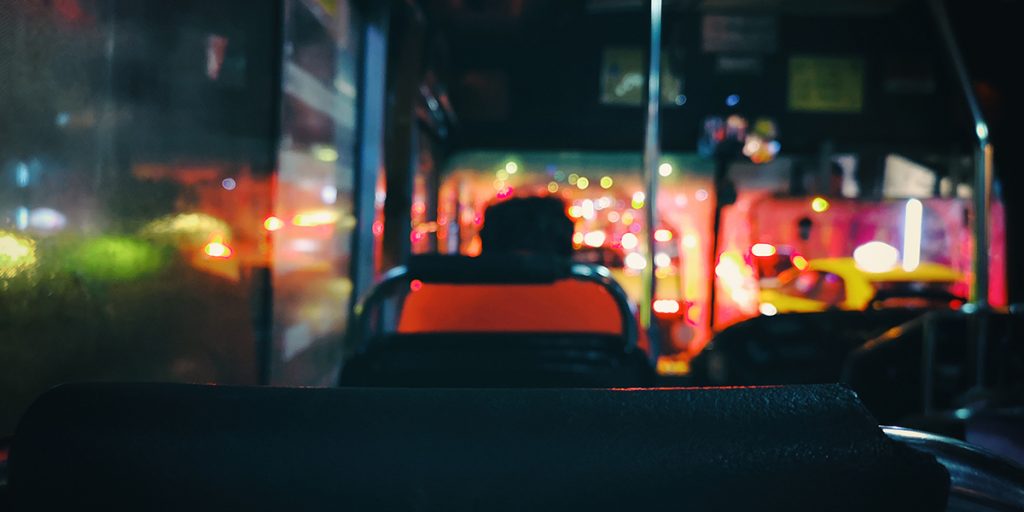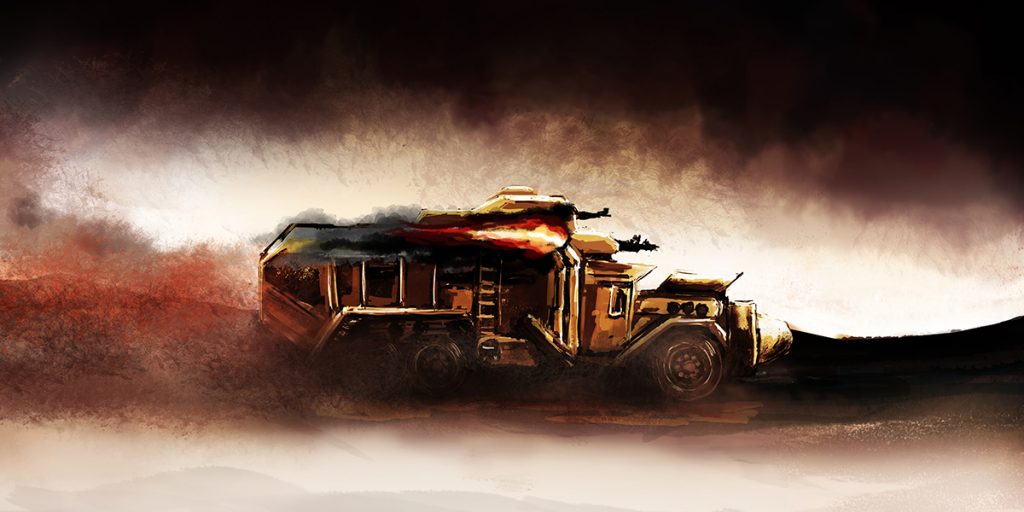Many celluloid stories take place on board a vehicle, using it as another character and basing the plot, usually a thriller, on it.
In almost all of them, intrigue rules. Or speed. Or a combination of the two: the suspense forces you to go faster. There are also those that address the end of a romance, flight, the fear of staying still. In any case, the important thing is that the vehicle becomes a fundamental character in some movies. Most of the footage happens on wheels and invites us to hit the road. Whether on board a trailer, a bus, a convertible, or a tuned car. Cinema has used motorized means of transport since they first came on the scene, despite those stagecoaches in black and white or those horses dodging spears that inaugurated the seventh art. In this list there is a bit of everything: from those that include strange relationships with slopes to those that avoid the police by using the pedals.

Let’s start with this David Cronenberg classic. The bizarre fantasy genius, with previous titles such as The Fly or Naked Lunch, dazzled in the mid-1990s with a fascinating story of desire and madness. A story that, very briefly, consists of a couple who is excited by crashes, by accidents. Many described it as an approach to the abysses of the human being because it represented a deviation of personality that is still difficult to watch. Although it is also difficult to look away from the screen due to its ability to absorb the viewer. The Canadian director based the film on a novel by JG Ballard, and it has stood the test of time, even after another with the same name was made years later.
Keanu Reeves. Sandra Bullock. A bomb on a bus. Need I say more? No. Speed is a true sanctuary from 90s action movies: a policeman and a passenger on a Los Angeles city bus are warned that an explosive will detonate if the speed of the car drops below 80 kilometers per hour. One of those plots with sharp music, gasping dialogues and an ending with a lot of fireworks. Predictable? Yes. Purely commercial? Yes. But a great way to spend two hours of pure adrenaline.

What was to be a television production became an anthology thrillerand Steven Spielberg’s arrival in movie theaters. The synopsis is easy: a salesman innocently tries to overtake a tanker. That simple gesture turns into a fast-paced chase. Shot with hardly any dialogue, the titan of blockbusters keeps the tension going until the very last moment.
But if we talk about tension, nothing better than The Wages of Fear. It’s almost two and a half hours long. It is shot in a barren black and white. It is a film in French, by the genius HG Clouzot, who did the same in an exquisite noir that addressed a biography of Picasso. The result is indelible: four workers at an oil rig will receive a hefty amount if they take vans loaded with nitroglycerin. The rest is celluloid legend.
Let’s change to something softer, although acid. Stanley Donen filmed Audrey Hepburn and Albert Finney on a trip to the French Riviera from London. Along the way they will recall their love story, from the initial passion to the upheavals of marriage. A jewel with the star of Breakfast at Tiffany’s shining again.
A jacket with a scorpion, hypnotic music and Ryan Gosling’s gaze. Little to add to these elements directed by Nicolas Winding Refn, a Dane who turned the cinematographic scene upside down with this dark, lyrical film, which mixes the skills of a mechanic to take part in criminal acts with a muted love and neon lights. The plot summary is short; the memory of the film, long: it will make you want to drive at night and listen to music in the silence of the four wheels.

And along the same lines, but more in the daytime, we come to Baby Driver. Edgar Wright takes a kid, named Baby for his young age, who boasts immense driving skills. For this reason, a gang of thieves hires him to help them in their escapes from the law. Meanwhile, some melodies in his headphones that work as a scaffold for the plot, as he attempts to leave that underworld, and we watch moving memories of childhood and a story that derails all his plans. There is no chance to get bored with that kid with infinite expertise with the handbrake.
We must include this saga that has already gone through nine editions and whose beginnings date back to 2001. It has been two decades of robberies, races, explosions, and endless altercations since that ode to tuning featuring muscular men, girls without scruples and lots of gas. They have been like this for two decades, with millions of faithful fans of this spiral of asphalt, tires and naked torsos.
The same could almost be said of Mad Max. The saga started in the late seventies by Mel Gibson has grown around these post-apocalyptic settings, cars dressed in spiked armor, bandits and fights between humans who only want to survive. It is worth witnessing these dystopias, halfway between the extraterrestrial and the western. Now (with another sequel in the works) is a good time to go back to the originals.
Describing this as Tarantino’s craziest film says a lot. It is difficult to overstate the work of the American director because each new movie surpasses the previous one. But Death Proof can be classified as being the most slippery in its violence, the most synthetic. And it all takes place in a highway chase and, of course, around a jukebox: a starched toupee-wearing Kurt Russel harasses a group of women. His callsign: a vehicle with a skull on the hood. From there, madness and savagery for two hours.
